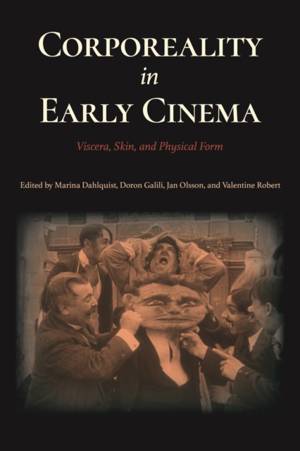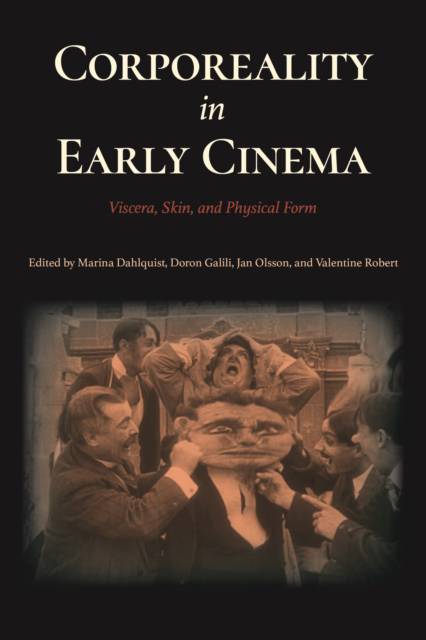
- Afhalen na 1 uur in een winkel met voorraad
- Gratis thuislevering in België vanaf € 30
- Ruim aanbod met 7 miljoen producten
- Afhalen na 1 uur in een winkel met voorraad
- Gratis thuislevering in België vanaf € 30
- Ruim aanbod met 7 miljoen producten
Corporeality in Early Cinema
Viscera, Skin, and Physical Form
Omschrijving
Corporeality in Early Cinema inspires a heightened awareness of the ways in which early film culture, and screen praxes overall are inherently embodied. Contributors argue that on- and offscreen (and in affiliated media and technological constellations), the body consists of flesh and nerves and is not just an abstract spectator or statistical audience entity.
Audience responses from arousal to disgust, from identification to detachment, offer us a means to understand what spectators have always taken away from their cinematic experience. Through theoretical approaches and case studies, scholars offer a variety of models for stimulating historical research on corporeality and cinema by exploring the matrix of screened bodies, machine-made scaffolding, and their connections to the physical bodies in front of the screen.
Specificaties
Betrokkenen
- Uitgeverij:
Inhoud
- Aantal bladzijden:
- 370
- Taal:
- Engels
- Reeks:
Eigenschappen
- Productcode (EAN):
- 9780253033659
- Verschijningsdatum:
- 1/11/2018
- Uitvoering:
- Paperback
- Formaat:
- Trade paperback (VS)
- Afmetingen:
- 152 mm x 229 mm
- Gewicht:
- 494 g

Alleen bij Standaard Boekhandel
Beoordelingen
We publiceren alleen reviews die voldoen aan de voorwaarden voor reviews. Bekijk onze voorwaarden voor reviews.










